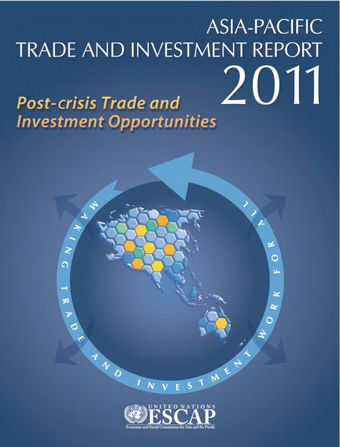Post-crisis protectionism in the region

- Author: United Nations Economic and Social Commission for Asia and the Pacific
- Main Title: Asia-Pacific Trade and Investment Report 2011 , pp 33-43
- Publication Date: August 2011
- DOI: https://doi.org/10.18356/272c32ae-en
- Language: English
At the start of the global economic crisis in 2008/2009, there was a real fear that the sharp collapse in exports and production in many countries would lead to a repeat of the damaging trade wars in the 1930s. Fortunately, such a trade war, using tariffs as the principal protectionist tool, did not happen, although protectionism using other tools has increased (ESCAP, 2010). Contemporary or crisis-era protectionism is dominated by behind-the-border measures such as bailouts, state aids and export subsidies rather than tariffs. More recently, WTO Director-General Pascal Lamy acknowledged that while protectionism had become "the dog that hasn't barked" during the crisis, the risk of rising protectionism has not been eliminated. In fact, the continued rise in unemployment, deepening debt and incidence of other financial problems and shocks to national economies have all kept protectionism as a clear danger (Elliott, 2011). The most recent monitoring report by WTO, OECD and UNCTAD raises a cause for concern about new a number of restrictions being imposed in early 2011 (WTO, 2011c).
-
From This Site
/content/books/9789210549868s005-c003dcterms_title,dcterms_subject,pub_keyword-contentType:Journal -contentType:Contributor -contentType:Concept -contentType:Institution105



